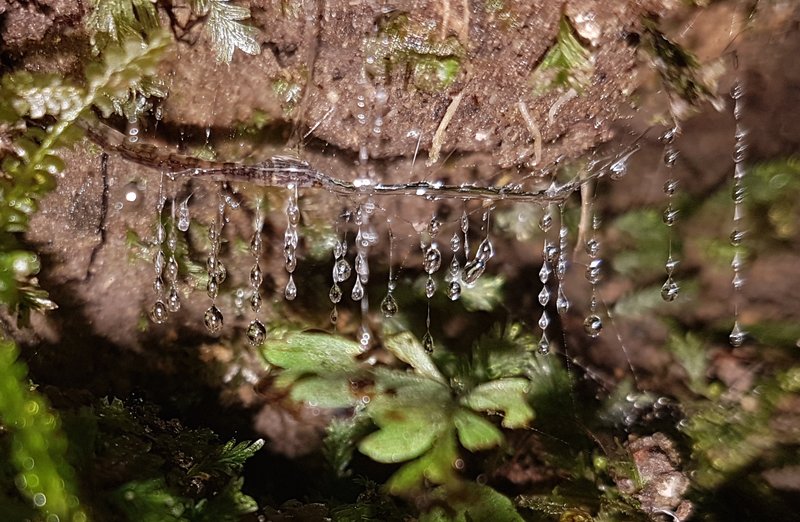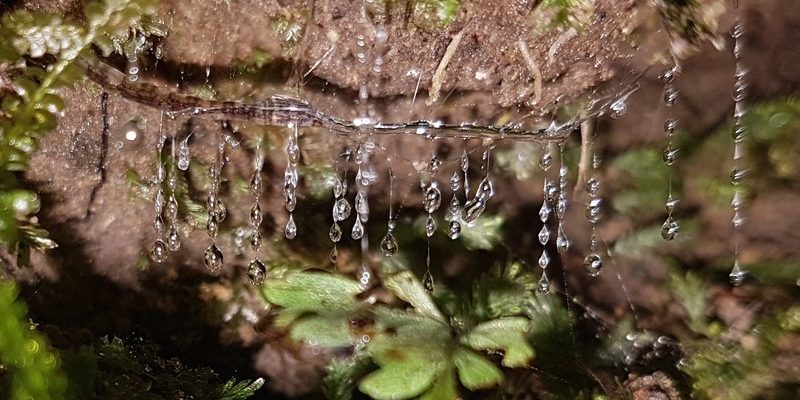
Creating educational materials about glow worms opens a door to a world many might not know about. Whether you’re a teacher, a parent, or just someone who loves sharing cool facts, there’s a lot to explore regarding these tiny illuminators. From crafting informative pamphlets to designing engaging presentations, let’s dive into how you can effectively create educational content that captures the essence of these enchanting creatures.
Understanding Glow Worms: What Are They?
Glow worms aren’t actually worms in the traditional sense. They’re the larvae of certain beetles, most commonly from the family Lampyridae. You might be asking, “What’s so special about them?” Well, here’s the thing: their incredible ability to produce light is due to a chemical reaction in their bodies. This bioluminescence helps them attract prey, usually insects, who are drawn to the glow.
You might picture them as tiny, glowing creatures hanging from twigs and rocks, ready to catch their dinner. The light they emit comes from a combination of a protein called luciferin and an enzyme called luciferase. When these two mix in the presence of oxygen, voilà—light is produced! This fascinating process makes glow worms a stunning example of nature’s brilliance and a great topic for educational materials.
The Life Cycle of Glow Worms
Glow worms have a life cycle that’s as intriguing as their glow. Their journey begins as eggs, which hatch into larvae, where the magic truly happens. These larvae can glow for up to a year, allowing them to develop and grow. During this time, they hang from silk threads they spin, waiting for unsuspecting insects.
As the larvae grow, they undergo a transformation into pupae. This stage is essential, as they’re preparing for the final metamorphosis. You could say it’s like a butterfly’s cocoon phase but with a glowing twist! Finally, they emerge as adult beetles, ready to mate and continue the cycle. The adult stage, however, is short-lived, lasting only a few weeks. Isn’t that a fascinating way to think about life? It’s a perfect angle for creating educational materials that show the complete journey of these captivating creatures.
Educational Activities for Teaching About Glow Worms
When creating educational materials, incorporating activities can enhance engagement. Consider crafting a glow worm habitat in the classroom. This could be a simple terrarium with dark areas to mimic their natural environment. Students can observe and learn about their behaviors and needs without needing a real glow worm.
Another fun idea is to create glow worm-inspired crafts. Using glow-in-the-dark paint or stickers, kids can design their own glow worms. This hands-on activity allows for creativity while reinforcing what they’ve learned. You could also have storytelling sessions where children share their imaginative tales about glow worms and their adventures. These interactive elements create a richer learning experience and help solidify knowledge through creativity.
Visual Aids: Making Glow Worms Come Alive
Visual aids can dramatically enhance understanding. Pictures of glow worms in their natural habitat, diagrams of their life cycle, and videos showing them in action can be powerful tools. A carefully designed infographic can also present essential facts in a digestible format.
For example, an infographic might include:
- Life cycle stages
- Habitat information
- Feeding habits
- Fun facts about their bioluminescence
These materials can be shared digitally or printed out for classroom use. Adding visuals will not only grab attention but also help in retaining information, making learning about glow worms an engaging and memorable experience.
Discussing the Conservation of Glow Worms
As we create educational materials, it’s essential to touch on conservation efforts. Many species of glow worms are facing habitat loss due to urbanization and pollution. This can lead to a decline in their populations, putting their fascinating lives at risk. Educating students about the importance of preserving their habitats can foster a sense of responsibility towards protecting these creatures.
You can incorporate discussions about local conservation efforts, what individuals can do to help, and the significance of biodiversity. Encouraging students to think about how their actions impact local wildlife can inspire them to be more environmentally conscious. Perhaps even a project where students can brainstorm and implement small changes in their community would empower them to make a difference.
Creating Engaging Presentations
When it comes to presentations, keeping your audience engaged is crucial. Use a storytelling approach to draw them in. Begin with a captivating question like, “What if you could light up the night like a glow worm?” Use slides that mix text, images, and videos for variety.
Incorporate interactive elements, like quizzes or discussions, to keep the audience involved. For instance, after explaining how glow worms find food, you might ask, “How do you think their glow helps them catch insects?” This promotes active participation and deeper understanding. If possible, include real-life examples or field trips to areas where glow worms can be found. Presenting educational materials in a dynamic way not only makes learning about glow worms exciting but also memorable.
Creating educational materials about glow worms is a rewarding venture. From understanding their life cycle to fostering conservation awareness, you have the chance to share the wonders of nature with others. By incorporating engaging activities, visual aids, and interactive discussions, you can bring these creatures to life for your audience.
Remember, whether you’re explaining the beauty of bioluminescence or the importance of conservation, your efforts can illuminate the path to understanding these incredible beings. So, gather your materials, get creative, and let the glow of knowledge shine bright!

